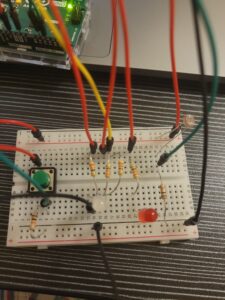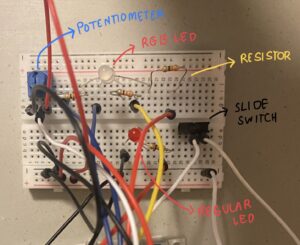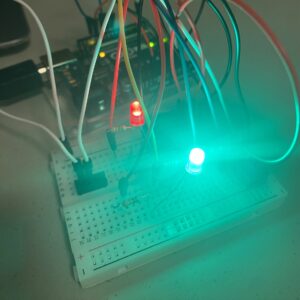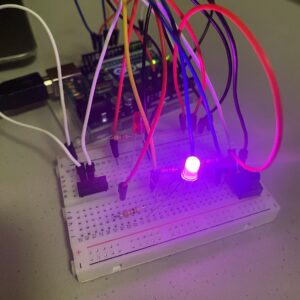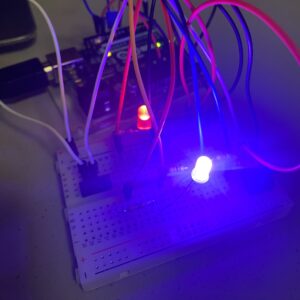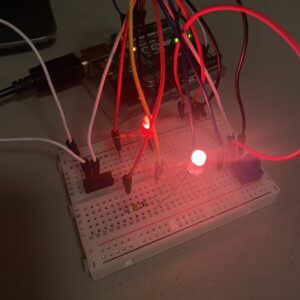Reading Bret Victor’s rant about the future of interaction design was eye opening to say the least. We often think that the top innovative ideas are those that revolve around advanced touch screens and improving computer interfaces such as the newly released Apple Vision Pro, which combines new technologies that utilizes 3D camera technology to act as a “spatial computer.” These are what people consider innovative and the future of interaction design. However, what if we go back to the basics in regards to interaction? What if we deeply think about how we interact with things? What allows us to interact with things? Victor proposes that the central component of the future of interaction design is hands. Hands? Yes, you heard it right! When I initially heard his proposition, I was perplexed. How could our hands be the future of innovation and interaction design?
As I reflected on Victor’s insights, I realized that the central component of innovation and interaction does not lie in the fancy touch screens we so happen to develop. In fact, the central components for such things are found on our bodies. In most cases, it is always our hands that allow for the concept of interaction to take place. Without them, I would go as far as to say the idea of interaction as we know of today might not exist. From the responses article, many were skeptical about the topic and say that hands cannot be the ultimate future for interaction design, that it would make us move a step backwards in the industry. Well, Victor and I choose to disagree.
If we go back in time and look at different forms of interaction design, nearly all projects require some form of interaction using the human hand, whether that is tying a shoe lace or even just moving objects in a virtual world. Even today, the most prominent forms of interaction design usually enforce human interaction using none other than our hands. Therefore, how can we claim that the human hand is not the future of interaction design when nearly all innovative projects use it as the main source of interaction? We cannot! This is why I truly believe that instead of pushing our humanity away in design, we should recognize that it is our hands that are the beginning and future of interaction design. Cool-looking interfaces and spatial computers are undeniably innovative creations but they are not the answers to our interactive future; they are merely tools that reflect our innate human essence, showcasing the power our hands can play in interaction design.


